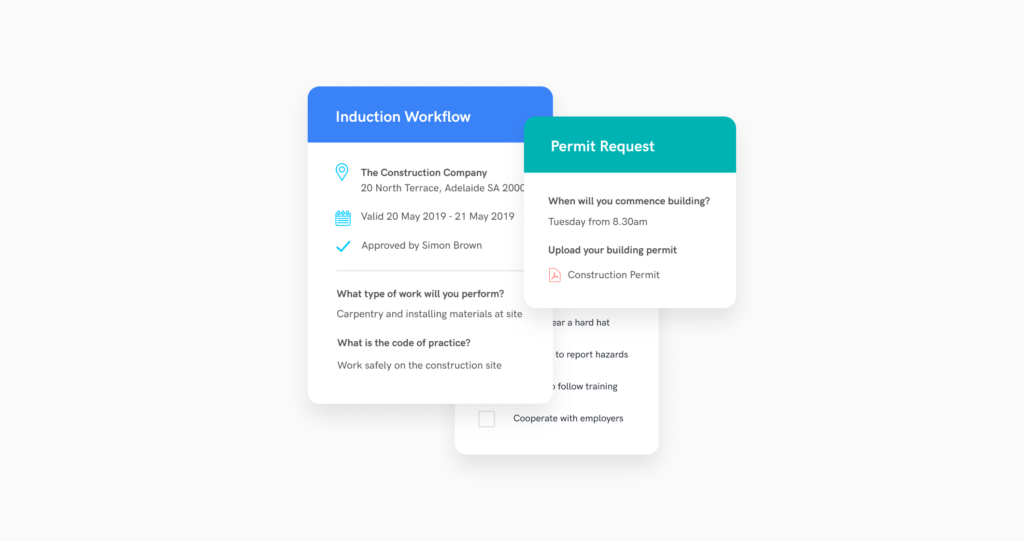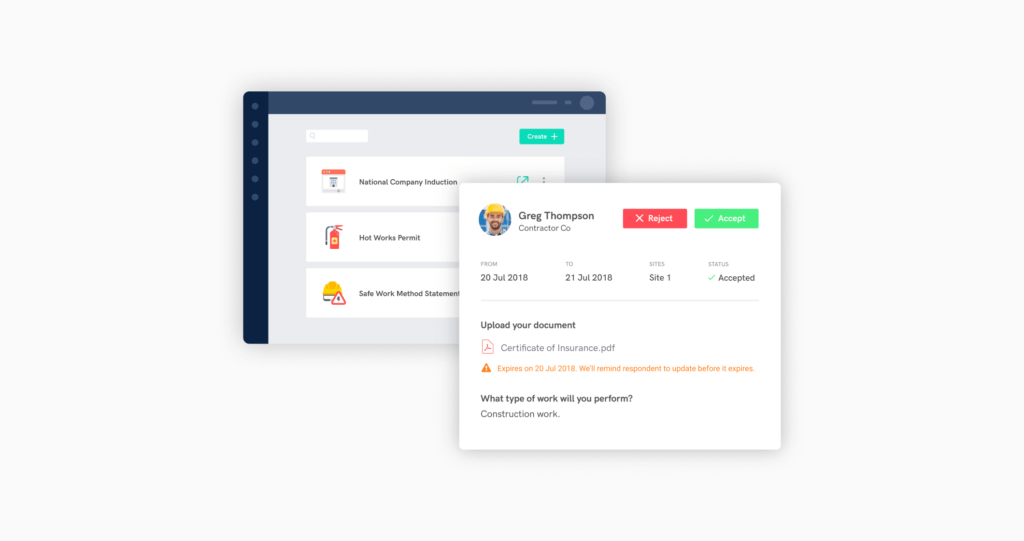
Risk management is one of the most important considerations for companies in the United States as their employees return to work. Employers are seeking effective ways to ensure the safety and protection of staff, and comply with social distancing guidelines in the workplace.
That’s why as the US rolls back restrictions on consumer and business activities, organizations are actively reassessing their risk management practices. Their considerations include:
In this blog post, we’ll look at the importance of risk management and workplace management solutions can help you understand the risks facing your organization, protect your people, and recover your operation.
Let’s get started...
The spread of coronavirus (COVID-19) has escalated concerns when it comes to how businesses manage staff, visitors, contractors and assets. As the United States reopens, it's important to know the risks organizations face, to ensure you can protect your people and recover your operations.
That’s why processes and controls must be in place to manage contact tracing for individuals and maintain adherence with compliance requirements. Today’s facilities are faced with having to screen and log all visitors and temporary workers as they move through designated physical areas.
The rapid advancement of technology and the increasing complexities of many business’ operations have led any companies to a position where risk management and compliance processes are time consuming and onerous necessity. Unfortunately, the taxing nature of risk management means many companies are not equipped to effectively manage the risks they face. As a result, Aon’s 2019 Global Risk Management Survey found that risk readiness has plummeted to its lowest level in 12 years.
The same survey found in North America, the top 5 risks companies are most concerned by are:
Let’s take a quick look at potential risks that organizations face when managing their workplace as well as contractors, visitors, and staff.
If you fail to take appropriate precautions and place limitations on visitors, you can put the health and safety of your people at risk. And that doesn’t even account for the loss in productivity, revenue, and subsequent fines and penalties because of lack of regulatory compliance.
In today’s connected world where everyone can use smartphones to record evidence of organizations’ negligence, you must take steps to avoid damage to your brand. It’s especially necessary to restrict access to sensitive areas for visitors, especially children and minors.
Not only can this situation cause employee anxiety, but it can also slow down your business and is easily preventable (Here’s some advice from the World Health Organization on preparing your workplace.).
As you can see by these examples, risk management is important for every organization, industry and economy around the world is experiencing more risks than ever before and increasing complexities to effectively manage those risks. Unfortunately, in the face of these complexities, many organizations report that they feel less prepared than they’ve ever been.
One way organizations are staying on top of risk management is by developing and implementing appropriate processes and procedures to identify and prevent excessive risk.
Since risk management essentially refers to the practice of identifying potential risks in advance, analyzing them and taking precautionary steps to mitigate that risk, it stands to reason effective risk management is key to creating a safe and secure work environment for all of your employees.

You may have noticed the rising importance of technology in managing risk and maintaining compliance.
Perhaps when you hear “physical security,” you think of alarms and security cameras. Let’s take a look at how technology such as visitor management system scan also help you manage risk within your organization.
Visitor management systems are useful for safety and compliance reasons. So, how does a visitor management system help you with risk management?
Sine is a cloud-based visitor management system that thousands of companies around the world use to enhance security within schools, sports stadiums, offices, industrial, medical, retail and commercial facilities.
Here are a few of the ways Sine helps those organizations with risk management and compliance procedures:

With all of those features, it should come as no surprise that Sine has developed a 360-degree approach to visitor, staff, and contractor management for re-opening your business in the safest possible way. Some of the key points include:
As people adjust to masks, face shields, and temperature checks and the U.S. returns to work, risk management is more important than ever.
Sine may be able to help you with risk management and compliance procedures as well as help you check-in visitors, monitor time and attendance, and improve safety across your operations and facilities.
Yes, Sine makes visitor management a breeze. But it also has a robust feature set that helps with risk management, compliance, and time-tracking.